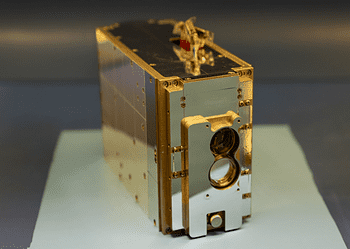It is my personal belief that education (including higher education) should be free — or at least heavily subsidized. Unfortunately, that’s not the case in many parts of the world, where people pay exorbitant sums for university studies. But no matter where you are, there’s no excuse for not learning science. With MIT’s Open CourseWare (OCW) or websites like Coursera or EdX (and many others) you can learn everything from programming to biology and from advanced literature to physics – for free. MIT now celebrates 15 years of free and open publishing of courseware. OCW now provides access to the educational materials of more than 2,300 MIT courses.
According to MIT, over 200 million people around the world have used their courseware at least once, and the website traffic exceeds 2 million visits every month. They publish over 120 new courses every year, and have courses in several languages. All in all, MIT has created the perfect conditions for you to learn – whatever it is that grinds your gears. No excuse!
“During these last 15 years, OCW has been a major driver in the open educational resources (OER) movement,” MIT’s announcement reads. “First announced in April 2001, OCW began with a “proof-of-concept” website offering 50 courses. In 2005, having published over 1,000 MIT courses, OCW helped launch the OpenCourseWare Consortium. Now called the Open Education Consortium, its nearly 300 higher education institutions and related organizations have freely shared many thousands of courses, open textbooks and other resources, and collaborated to foster widespread adoption of OERs.”
Now, MIT were pioneers in this, but they’re by no means the only university to offer free courses. Yale does it, Harvard does it, the Open University does it… there are thousands upon thousands of high quality courses just waiting for you to explore. So don’t invent excuses for yourself… just do it!
Here are some of MIT’s most popular courses







